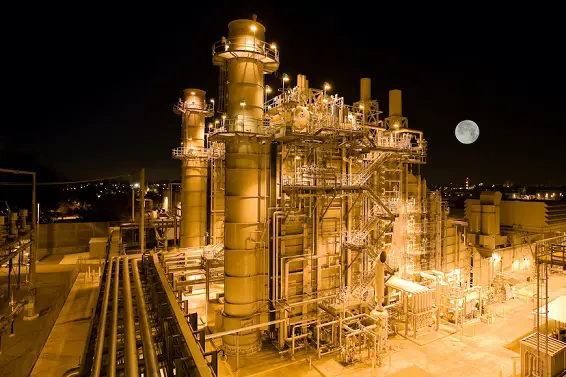Last Friday, the export plant for US liquified natural gas (LNG) producer Freeport LNG returned to nearly its full operational capacity, following the past week’s reduction in volumes, according to new data from financial firm LSEG.
According to the LSEG data, the Freeport facility, which is capable of pulling in 2.1 billion cubic feet per day (bcfd), pulled in about 1.9 bcfd of gas Friday, which was a massive increase over the average of 0.3 bfcd it pulled between September 10th and the13th, according to LSEG data.
Reuters reported that sources told it that Freeport canceled four cargoes since it had reduced feedgas. Prior to the reduction, the plant had been pulling in roughly 1.8 bcfd of pipeline gas.
One billion cubic feet of gas is capable of supplying the needs of roughly five million homes in the US for one day.
Despite the fact that as Freeport pulls in more natural gas to produce LNG it will increase US natural gas demand in the country, US gas futures were barely changed, as of Friday.
Gas prices had spiked to record highs in Europe and Asia following the closing of the Freeport facility for roughly eight months last year after an explosion rocked the export hub, and reduced global supplies of the fuel.
The shutdown occurred just as nations all over the world began a mad dash to find new supplies of LNG after ending their imports of LNG from Russia following the invasion of Ukraine in February of that year. For many of those countries, the US became their largest supplier.
Meanwhile, in the US, gas prices plummeted following Freeport’s shutdown since once the plant was no longer consuming gas to convert it to LNG for export, most of the gas which would have been consumed ended up heading for US stockpiles.

